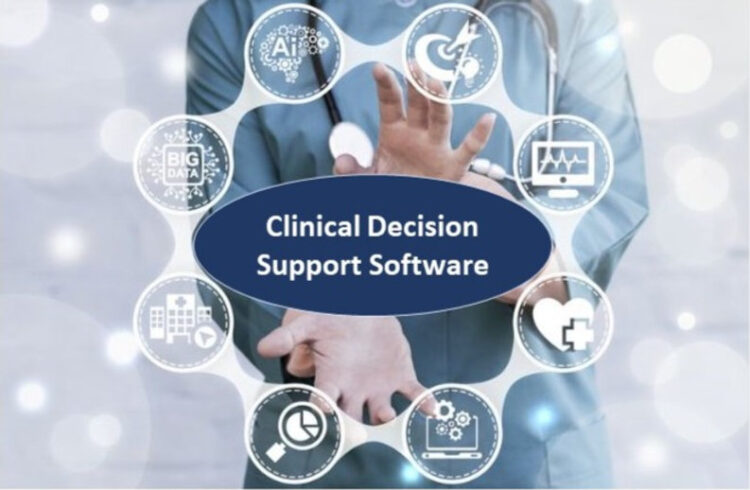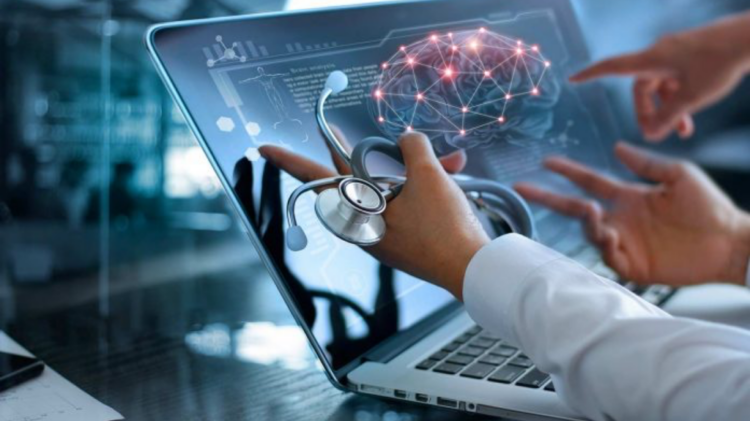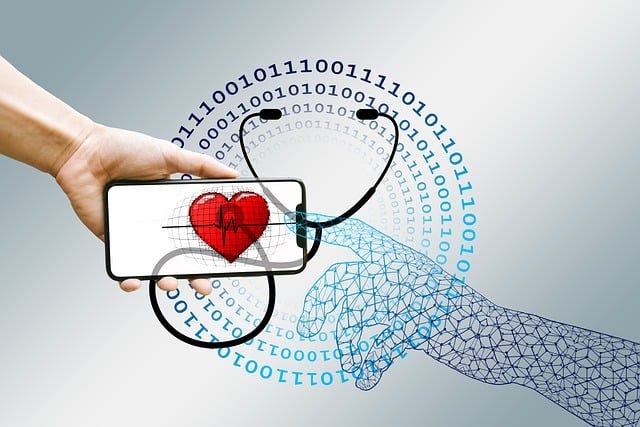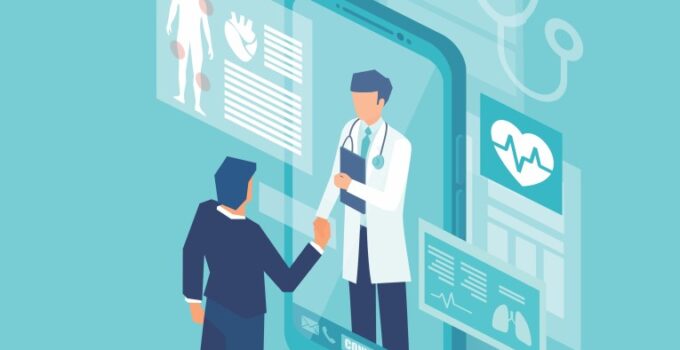In an era where technology drives innovation in every sector, healthcare is experiencing significant advancements in ensuring patient safety through software solutions. These systems are designed to minimize human error, streamline processes, and ensure the efficacy of care provision.
The integration of sophisticated software tools in healthcare settings is a critical step toward enhancing patient outcomes and maintaining high standards of care. By delving into the capabilities and impact of these technological tools, we can grasp their potential to revolutionize patient care. Below, we explore the multifaceted role of software in patient safety measures.
Page Contents
Impact of Clinical Decision Support on Patient Safety Outcomes

Source: daliag.com
Clinical decision support (CDS) systems are a cornerstone of modern patient safety software, providing healthcare professionals with knowledge and person-specific information, intelligently filtered and presented at appropriate times. These insights assist in diagnosing, prescribing, and more, transforming data into actionable recommendations. CDS systems have been shown to decrease errors, particularly in medication prescribing, where alerts can prevent adverse drug events.
Further, CDS systems help enforce evidence-based guidelines, suggesting tests or treatments that align with best practices. This not only elevates the standard of care but also reduces unnecessary variations in treatment, which can lead to complications or suboptimal outcomes. The consistency brought about by CDS systems is an asset to patient safety.
The predictive capabilities of CDS are also groundbreaking, as they can identify patients at risk of deterioration and flag them for early intervention. This predictive analysis based on historical and real-time data has been instrumental in averting crises and ensuring timely care, directly impacting patient prognoses.
Integration Challenges: Ensuring Seamless Operation Between Software Systems
Despite the obvious benefits of software in healthcare, the integration of these systems presents challenges. Software from different vendors often has differing standards, making interoperability an ongoing concern. Achieving a seamless flow of data between systems is essential to creating a comprehensive ecosystem that supports clinical decision-making and patient safety.
Legacy systems pose another significant hurdle for integration. Older platforms may not support recent technology or standards necessary for interfacing with newer systems, necessitating modifications or even replacements. The costs associated with these updates can be substantial, requiring careful planning and resource allocation.
User adoption is also pivotal in integration efforts. Clinicians must find value in the new technology to incorporate it into their daily routines effectively. Training and change management initiatives are vital to smooth transitions and to ensure that the potential of these tools is fully realized in a clinical setting.
Exploring the Role of Software Solutions in Enhancing Patient Safety

Source: kms-healthcare.com
As the healthcare industry becomes increasingly complex, software solutions play a pivotal role in mitigating risks and promoting safety. These systems are developed with the intent to track a multitude of variables that directly influence patient health, from medication administration to the monitoring of vital signs. By leveraging data analytics, these tools offer insights into patterns that may indicate potential adverse events before they occur.
Furthermore, software solutions facilitate communication between healthcare professionals, ensuring that important patient information is accessible and up-to-date. This ensures that all caregivers are informed of a patient’s current status and history, reducing the chance of oversight or miscommunication. Central repositories of patient data supported by software systems have become integral in managing patient information securely and efficiently.
Automation is another key aspect where software solutions for patient safety provide value. Routine tasks can be automated to ensure accuracy and consistency, allowing healthcare professionals to dedicate more time to patient care rather than administrative duties. This not only improves operational efficiency but also reduces the cognitive load on staff, thus indirectly contributing to better patient safety.
Future Trends in Software Development for Patient Safety Innovation

Source: medium.com
Looking ahead, emerging technologies such as artificial intelligence (AI) and machine learning (ML) are set to redefine the landscape of patient safety software development. With AI’s predictive analytics, the potential for personalized patient safety interventions is vast, allowing for more targeted and effective measures to prevent harm.
Finally, there is an increasing emphasis on user-centric design, ensuring that future software solutions are developed with the end-user in mind—clinicians, caregivers, and patients. This approach aims to not only enhance user engagement but also to streamline workflows and improve overall patient outcomes.
Altogether, the integration of advanced software systems into healthcare is a significant stride forward in the mission to safeguard patient health and improve the quality of care. Technology continues to open new avenues for innovation, and with thoughtful application, software solutions are set to be instrumental in shaping a safer, more efficient, and patient-centered future for healthcare.




